10 Best Adventures of 1977
By:
November 17, 2017
Forty years ago, the following 10 adventures — selected from my Best Seventies (1974–1983) Adventure list — were first serialized or published in book form. They’re my favorite adventures published that year.
Please let me know if I’ve missed any 1977 adventures that you particularly admire. Enjoy!
- Fritz Leiber’s Jungian urban fantasy adventure Our Lady of Darkness. The protagonist of this philosophical, meta-fictional, quasi-autobiographical supernatural novel is Franz Westen, a San Francisco-based novelist of the supernatural. Westen discovers two books, Megapolismancy by (fictional) cultist Thibaut de Castries and a handwritten journal that may have belonged to (real-life) fantasy writer Clark Ashton Smith, which suggest that large concentrations of stone, concrete, and metal, combined with electricity and other fuels, constitute a great reservoir of energy that can be harnessed in order to evoke powerful “paramental” forces. Like, maybe, the pale brown thing that waves to Westen from his own apartment window. While Westen traipses the streets of San Francisco (cf. the 1972–1977 TV show) in search of answers, are occult entities also searching for him? A slow-building sense of doom pervades this strange, atmospheric yarn. Fun facts: Originally published in shorter form as “The Pale Brown Thing” (Magazine of Fantasy and Science Fiction, February 1971). See also: Philip K. Dick’s philosophical, quasi-autobiographical A Scanner Darkly, published the same year.
- Geoffrey Household’s hunted-man adventure Hostage: London. Julian Despard, the story’s narrator, is an anarchist terrorist dedicated to protesting the capitalist social order; in fact, he’s a cell leader in the international revolutionary organisation MAGMA, and the man responsible for a recent hijacking. However, when he discovers that his comrades intend to detonate a nuclear device in London, Despard turns renegade. (MAGMA, he discovers, wants to use their dirty bomb to force the British authorities to impose a police state, which they believe will ultimately strengthen their cause; this question remains resonant today.) Racing to locate and disarm the bomb, Despard enlists some of his fellow guerrillas to help… but meanwhile, he is pursued by both the police and MAGMA. Who can he trust? The narrator offers commentary on ideology, the often murky difference between idealism and fanaticism, and the efficacy of torture. The ending, as so often is the case with Household’s novels, is bleak. Fun facts: This is the 23rd novel by the author of several of my all-time favorite thrillers, from Rogue Male (1939) to A Rough Shoot and A Time to Kill (1951), Watcher in the Shadows (1960), among others.
- Philip K. Dick’s New Wave sci-fi adventure A Scanner Darkly. Set in a barely futuristic Los Angeles of 1994, Scanner tells the story of “Fred,” an undercover narc who gets a kick out of the counter-cultural addicts with whom — as “Bob” — he dwells. Fred’s abuse of Substance D (street name: “Death”) contributes to a brain psychosis complicated by his latest assignment… spying on Bob! Whose motivations Fred finds opaque. Dick mines humor and pathos out of the druggies’ lifestyle: paranoid conversations among low-lifes who actually are being spied on; crack-ups that feel like break-throughs. Also, this is a neo-noir crime novel — one in which we sympathize with the criminals, who are spirited free-thinkers, and despise the manipulative, cold-hearted cops. When Fred is sent to a detox facility, he cracks the secret of Substance D… too late? The book ends with a dramatic dedication to Dick’s many friends who’d been killed or permanently damaged by drug abuse; the author’s own name is on the list. Fun facts: In 2006, I wrote a Slate essay about the novel and Richard Linklater’s movie adaptation. Which I still haven’t seen.
- John le Carré’s espionage adventure The Honourable Schoolboy. Following the events recounted in Tinker Tailor Soldier Spy (1974), George Smiley is the new chief of the secret intelligence service referred to as The Circus; he must run a successful offensive espionage operation in order to prevent the Circus’s disbandment. Looking into investigations suppressed by the mole Bill Haydon, he and analysts Connie Sachs and Doc di Sali focus their efforts on a Soviet money-laundering operation in Laos. Jerry Westerby, a newspaper reporter and occasional Circus operative, is sent to Hong Kong. There’s a gangster named Ko, a blonde who believes herself to be a British agent, an opium smuggler, and a high-ranking Chinese official/Soviet mole looking to escape to Russia. Westerby must evade multiple assassination attempts; meanwhile, the North Vietnamese Army captures Saigon! Can Westerby save the blonde… even if doing so means disobeying orders from Smiley? Fun facts: The sixth le Carré spy novel featuring Smiley won the Gold Dagger award for best crime novel of the year, as well as the James Tait Black Memorial Prize.
- Gary Panter’s comic Jimbo (serialized 1977–present). Panter’s “ratty line” illustrations helped define the style of L.A. punk. But the appeal of Jimbo — an all-American, snub-nosed, freckle-faced punkoid wandering through Dal Tokyo, a planet-wide sprawl of a city founded on Mars by Japanese and Texans — is timeless. Jimbo is a high-lowbrow antihero, equally at home in the pages of the L.A. music zine Slash, where he first appeared, and in the artsy RAW. The early post-apocalyptic/surrealist comics (has Jimbo’s girlfriend been kidnapped by giant cockroaches?) have since given way to elaborate graphic novels that employ the character as an Everyman puzzling his way through religious/pop culture allegorical landscapes. But don’t try to understand the plot of Panter’s stories; the medium is the message. Panter’s protean style — which changes from page to page, sometimes exploding into sheer abstraction — demands that the reader participate actively in making sense of Jimbo’s… mission? Fun facts: Jimbo comics have been collected in Jimbo (1982), Invasion of the Elvis Zombies (1984), Jimbo: Adventures in Paradise (1988), and Jimbo’s Inferno (2006). Panter is now working on a collection of his Jimbo mini-comics.
- Larry Niven and Jerry Pournelle’s post-apocalyptic/survival adventure Lucifer’s Hammer. A libertarian pot-boiler and cozy catastrophe that I might not regard so highly if I hadn’t first encountered it as an adolescent; I loved it, at the time. When a comet known as “The Hammer” passes close to the Earth, rogue pieces of it strike the western hemisphere with devastating results. Coastal cities are destroyed, massive quantities of seawater are vaporized into the atmosphere (which will bring on a new ice age), and China launches a preemptive nuclear attack on Russia. California Senator Arthur Jellison gathers survivors at his ranch in the Sierra foothills, where they must prepare for an attack by the New Brotherhood Army, a cannibalistic and militaristic cult headed their way! PS: Given the fact that Pournelle was a right-winger, I’m guessing there’s an unsavory political aspect to this yarn that I didn’t catch at age 14…. Fun fact: Larry Niven is best known for the “hard” sci-fi novel Ringworld (1970), and its sequels and prequels. Lucifer’s Hammer was a NYT bestseller, as was Footfall (1985), also co-authored with Jerry Pournelle.
- Patrick O’Brian’s Aubrey & Maturin sea-going adventure The Mauritius Command. In the fourth Aubrey & Maturin adventure, there’s less kiss-kiss and more bang-bang. Jack Aubrey is temporarily advanced to the rank of admiral and sent to take away from the French the islands of Reunion and Mauritius, off the east African coast. Aubrey’s first chance to lead a squadron — against marauding French frigates — is tested by his ham-fisted approach to handling personalities. To coordinate the actions of several ships, he must play to the strengths of each subordinate captain — a dandy, a tartar, and so forth — while compensating for their weaknesses. After an early success, catastrophic failure threatens the mission. What of Aubrey’s surgeon/naturalist/secret agent friend Maturin? He is sent ashore on intelligence-gathering forays. Maturin’s dry journal entries analyzing the character of Aubrey and the other captains, and rhapsodizing over an aardvark, are a reader’s delight. Fun facts: The military actions of the novel are based upon the Mauritius campaign of 1809–1811 carried out by the Royal Navy under Commodore Josias Rowley.
- John Varley’s New Wave sci-fi adventure The Ophiuchi Hotline. Before William Gibson, Iain M. Banks, and the Cornershop album When I Was Born for the 7th Time, there was… this oddball achievement. In the year 2618, four hundred years after the human race was displaced from the Earth by alien invaders (who consider aquatic mammals more advanced), humankind scrabbles for survival on the Moon and other off-world colonies. Thanks to the Hotline, a stream of data from a distant star system, the human survivors have mastered bioengineering techniques such as cloning, memory recording, adding and subtracting body parts, changing one’s sex whenever one chooses, and forming new life forms with intelligent symbiotes. Lilo, a rebel geneticist, faces execution for violating laws of humankind’s Eight Worlds; she escapes — or does she commit suicide, while a clone with her memories downloaded take her place? Lilo and her clones are soon embroiled in a plot to battle the invaders… using a black hole! Meanwhile, whoever has been sending information via the Hotline suddenly demands payment. Fun facts: This is the author’s first book, and the first (novel-length) installment in his Eight Worlds series.
- Ruth Rendell’s crime adventure A Judgement in Stone. A psychological thriller, considered one of the author’s best, that begins with a murder. Eunice Parchman, a housekeeper, kills her employers and their children. (Unknown to the family, she’d also killed her father.) Detective Chief Superintendent Vetch investigates her motive — a working-class woman’s rage and shame towards her paternalistic, oblivious social superiors; the TV’s breakdown — and also the peculiar circumstances via which two people can influence each other to do something terrible that neither would do on their own. The story’s narrator is also a creepy character, of sorts. Fun facts: Claude Chabrol directed a 1995 adaptation of the novel, La Cérémonie, which is considered one of the best crime films ever. Sandrine Bonnaire plays the maid, Jacqueline Bisset her employer, and Isabelle Huppert the jealous and vindictive postmistress.
- Stephen King’s horror adventure The Shining. I’m not the biggest King fan, but this tense, atmospheric book really did it for me in high school. Recovering alcoholic Jack Torrance takes his wife and son, Danny, with him to a hotel in the Rockies, where he has been hired to spend the winter as a caretaker. Danny is a psychic who can sense the supernatural forces that haunt the hotel, and he can see that a former winter caretaker went mad and killed his own family. When the ghost of a bartender urges Jack to kill his wife and son, can he muster up the strength of character to resist the urge? Dick Halloran, the hotel’s chef, is also a psychic; when he receives Danny’s telepathic distress call, he rushes to the rescue. Will he be in time? Fun facts: King’s third published novel and first hardback bestseller was adapted as a film in 1980 — starring Jack Nicholson and Shelley Duvall — by Stanley Kubrick. It’s one of the best horror movies of all time.
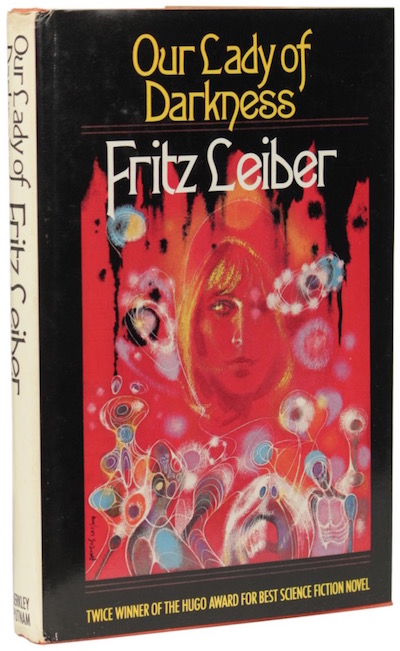
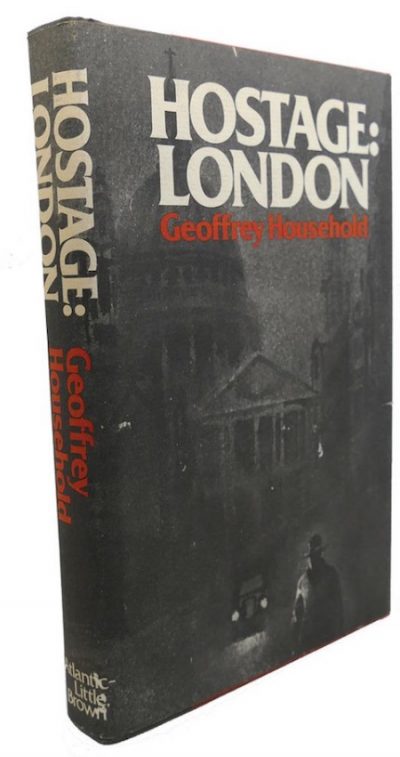

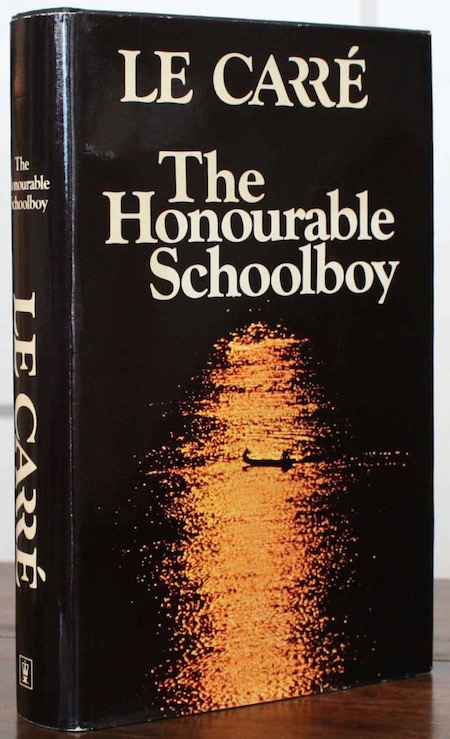
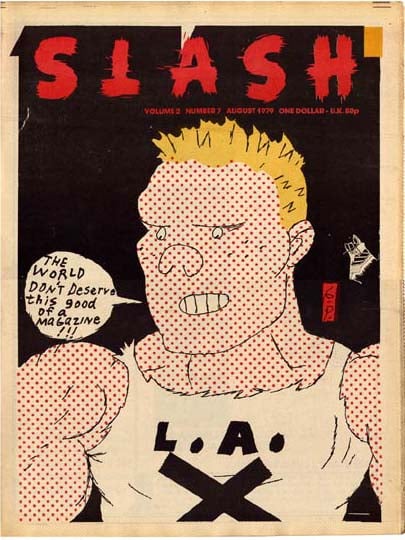
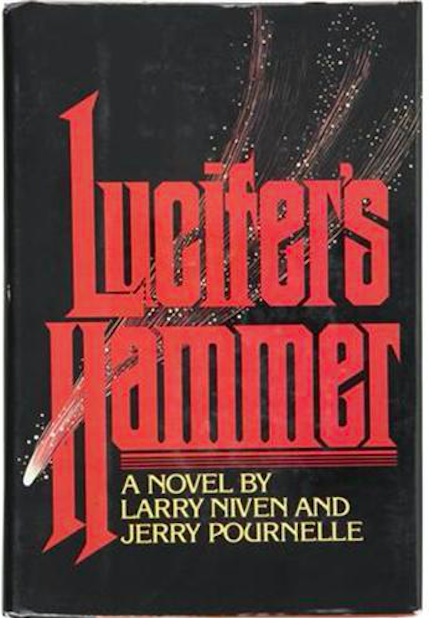
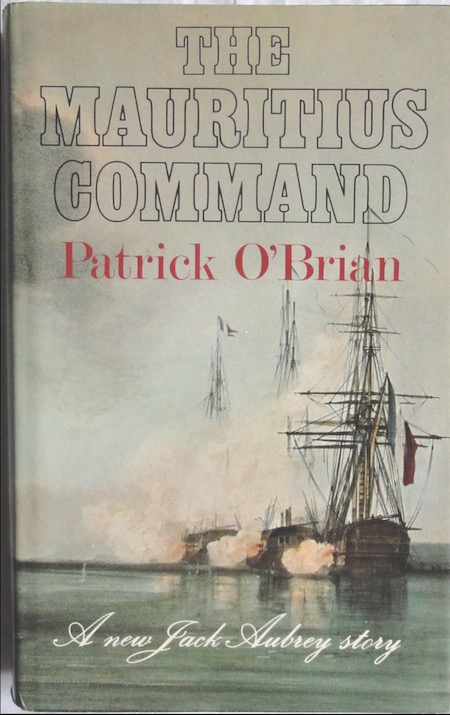
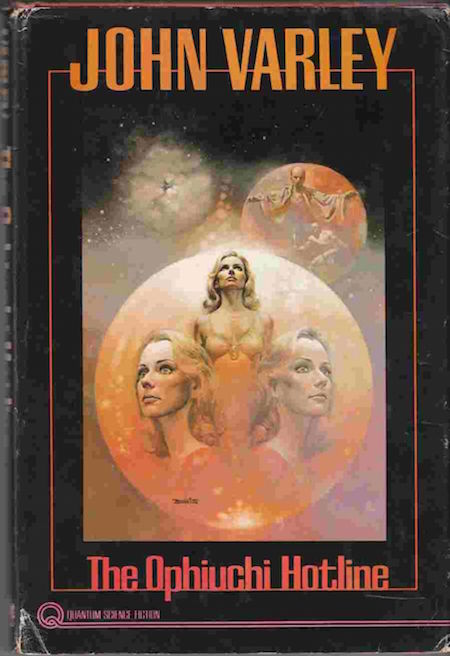
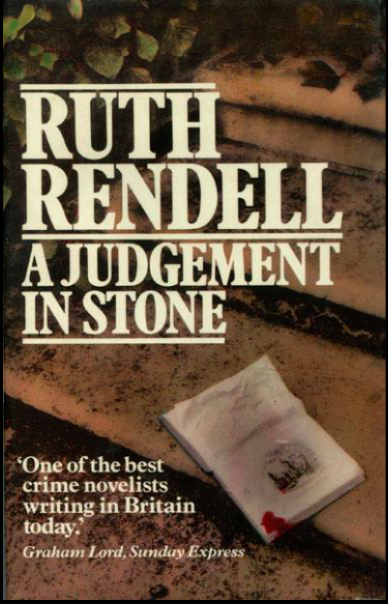
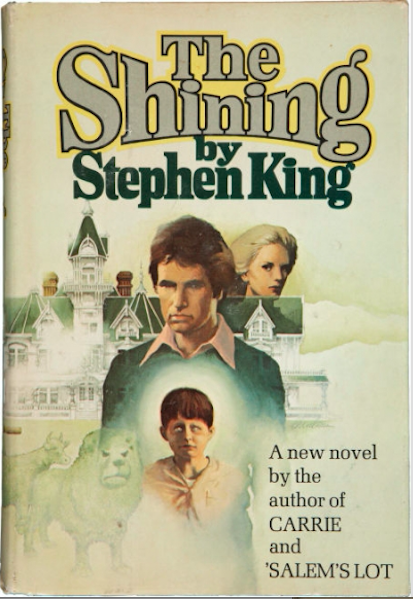
JOSH GLENN’S *BEST ADVENTURES* LISTS: BEST 250 ADVENTURES OF THE 20TH CENTURY | 100 BEST OUGHTS ADVENTURES | 100 BEST RADIUM AGE (PROTO-)SCI-FI ADVENTURES | 100 BEST TEENS ADVENTURES | 100 BEST TWENTIES ADVENTURES | 100 BEST THIRTIES ADVENTURES | 75 BEST GOLDEN AGE SCI-FI ADVENTURES | 100 BEST FORTIES ADVENTURES | 100 BEST FIFTIES ADVENTURES | 100 BEST SIXTIES ADVENTURES | 75 BEST NEW WAVE SCI FI ADVENTURES | 100 BEST SEVENTIES ADVENTURES | 100 BEST EIGHTIES ADVENTURES | 75 BEST DIAMOND AGE SCI-FI ADVENTURES | 100 BEST NINETIES ADVENTURES (in progress) | 1994 | 1995 | 1996 | 1997 | 1998 | 1999 | 2000 | 2001 | 2002 | 2003 | NOTES ON 21st-CENTURY ADVENTURES.
